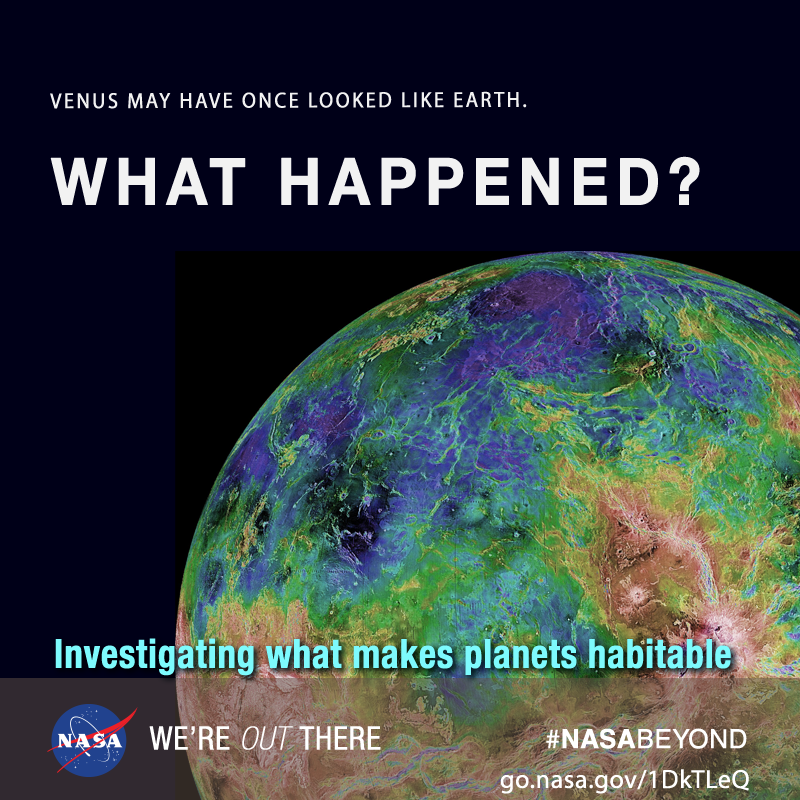While no one yet knows what’s needed to build a habitable planet, it’s clear that the interplay between the sun and Earth is crucial for making our planet livable – a balance between a sun that provides energy and a planet that can protect itself from the harshest solar emissions. Our sun steadily emits light, energy and a constant flow of particles called the solar wind that bathes the planets as it travels out into space. Larger eruptions of solar material, called coronal mass ejections, or CMEs, occur too, which can disrupt the atmosphere around a planet. On Earth, some of the impact of these CMEs is deflected by a natural magnetic bubble called the magnetosphere.
But some planets, such as Venus, don’t have protective magnetospheres and this can be bad news. On Dec. 19, 2006, the sun ejected a small, slow-moving puff of solar material. Four days later, this sluggish CME was nevertheless powerful enough to rip away dramatic amounts of oxygen out of Venus’ atmosphere and send it out into space, where it was lost forever. Learning just why a small CME had such a strong impact may have profound consequences for understanding what makes a planet hospitable for life.
Venus is particularly inhospitable: It is 100 times hotter than Earth with an atmosphere so thick that the longest any spacecraft has survived on its surface before being crushed is a little over two hours. Perhaps such vulnerabilities to the sun’s storms contributed to this environment. Regardless, understanding exactly what effect the lack of a magnetosphere has on a planet like Venus can help us understand more about the habitability of other planets we spot outside our solar system.
Credit: NASA




























